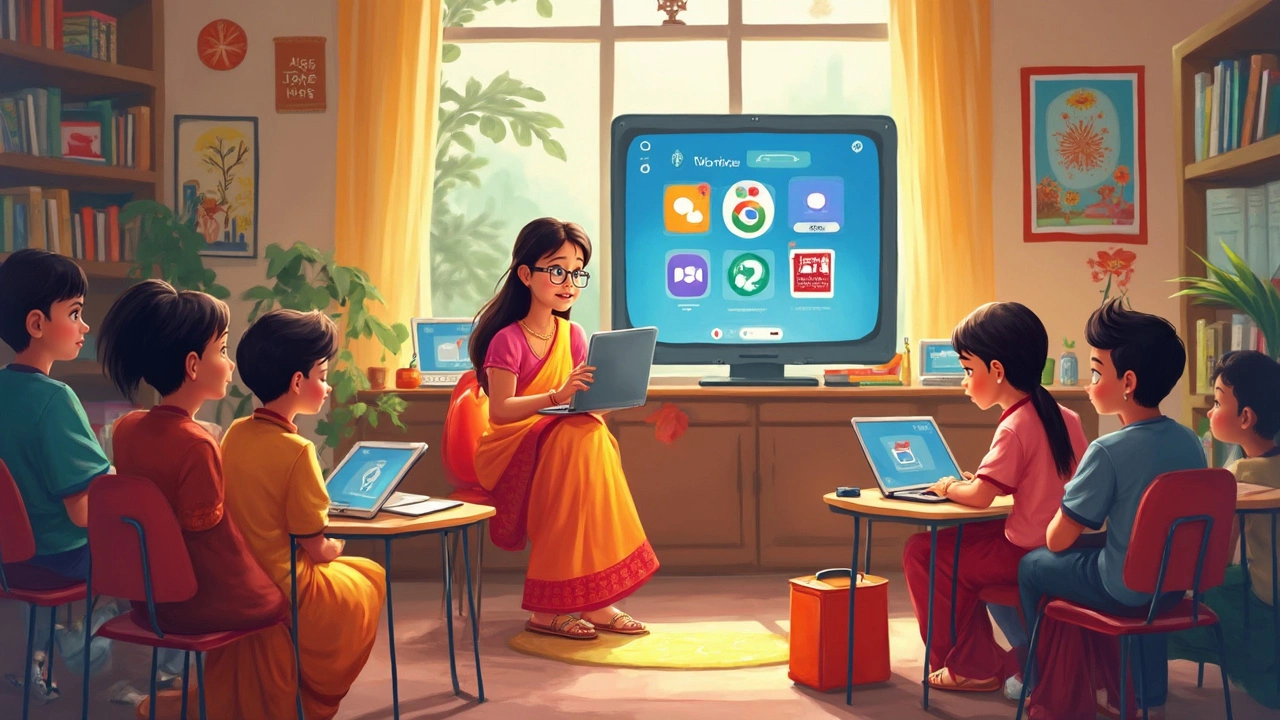e‑learning apps: Redefining How We Learn
When you explore e‑learning apps, software that delivers lessons, quizzes and interactive content on smartphones or tablets. Also known as online learning apps, they let students study anytime, anywhere. These tools sit at the intersection of technology and education, turning a phone or tablet into a portable classroom. Student engagement, the level of attention and interaction learners show during digital lessons becomes the beating heart of any successful app, while digital education, the broader ecosystem of online courses, virtual classrooms and multimedia resources provides the context that makes those interactions meaningful.
One of the biggest challenges for e‑learning apps is keeping learners hooked. When engagement drops, knowledge retention suffers, and the promise of flexible learning fades. To combat this, designers embed gamified quizzes, instant feedback loops, and social features that let students compete or collaborate. Research from Indian ed‑tech firms shows that apps with built‑in discussion boards see a 30% higher completion rate than lecture‑only platforms. This signals that community and interaction are not optional extras—they're core to the learning experience.
Beyond engagement, online learning platforms, web‑based services that host courses, track progress, and certify skills act as the backbone for many e‑learning apps. They supply the content libraries, analytics dashboards, and accreditation paths that turn a casual app into a career‑building tool. For example, a coding app that syncs with a larger platform can offer stackable micro‑credentials, helping learners stack multiple short courses into a recognized diploma. This synergy expands the reach of mobile learning and bridges the gap between informal study and formal qualifications.
Mobile learning also pushes education into underserved regions. In rural India, where internet bandwidth is limited, lightweight e‑learning apps that cache videos for offline use have spurred enrollment in STEM subjects. By adapting to low‑data environments, these apps democratize access and reduce the digital divide. The result is a growing pool of students who can practice math, science or language skills without needing a full‑size computer lab.
All these pieces—engagement tactics, platform integration, and mobile‑first design—show why e‑learning apps are reshaping education today. Below you’ll find a curated list of articles that dive deeper into each aspect, from the psychology of engagement to the economics of app‑driven learning. Keep reading to uncover practical tips, real‑world case studies, and the latest trends that can help you make the most of digital education tools.
Best Free Apps for Online Teaching: Which One Really Works?
Not sure which free app is best for online teaching? This article breaks down top-rated platforms, comparing their features, reliability, and quirks, all with an honest look at what real teachers need. Expect hands-on insights about ease of use, student interaction, and hidden limits. Whether you're teaching kids, teens, or adults, you'll find practical advice here. Cut down your search time and start teaching smarter, not harder.
